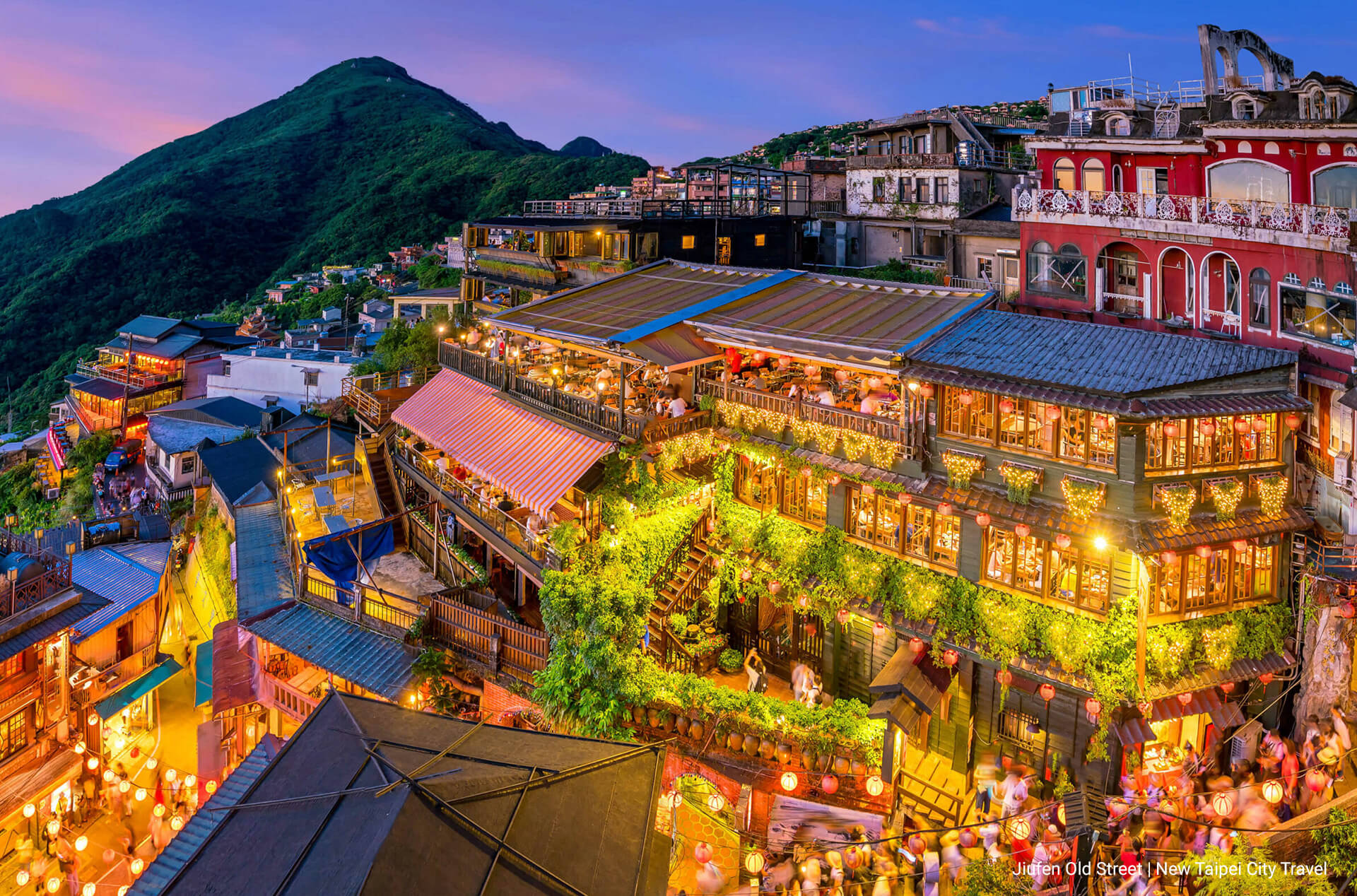
- On 07/05/2023
- In Blogs Travel Tips
- Tags:
Quick Facts About Taiwan
Taiwan and its surrounding islands, situated in East Asia at the northwestern edge of the Pacific, possess an endless variety of terrains, forests, agricultural products, and marine ecologies, as well as a diversity of ethnic cultures along with enchanting human customs and practices. You may get to know about Taiwan from the information as below.
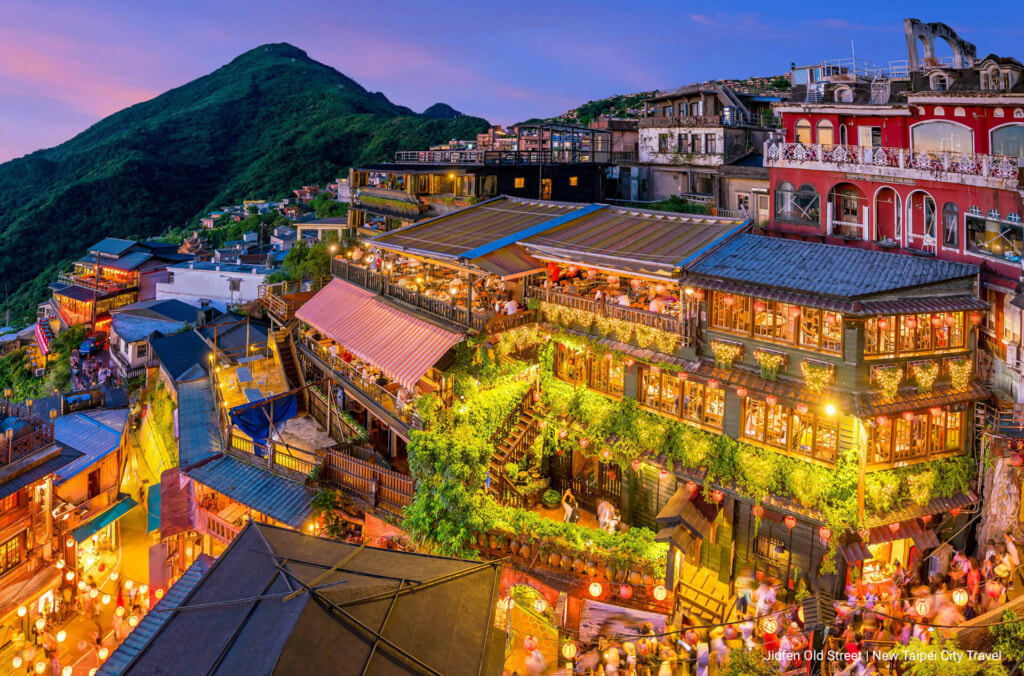
Major Cities
TAIPEI
With a population of nearly 2.7 million, Taipei City is located in northern Taiwan, including the northeastern part of the Taipei Basin and the surrounding hills. It is divided into twelve administrative districts covering an area of 271 square kilometers. Taipei is home to a diverse population including indigenous people, Minnanese, Hakkas, mainlanders, new immigrants, and expats.
Compared to other major cities on Taiwan’s west coast, Taipei developed fairly late. Prior to large-scale immigration of Han Chinese from southern Taiwan in the early 18th century, the Taipei area inhabited mainly by plains indigenous peoples. In 1884, the Qing court officially moved Taiwan’s administrative capital from Tainan to Taipei and erected a large wall to protect the city, marking a significant economic and power shift towards the north. Since then, Taipei has been Taiwan’s political, economic and cultural center.
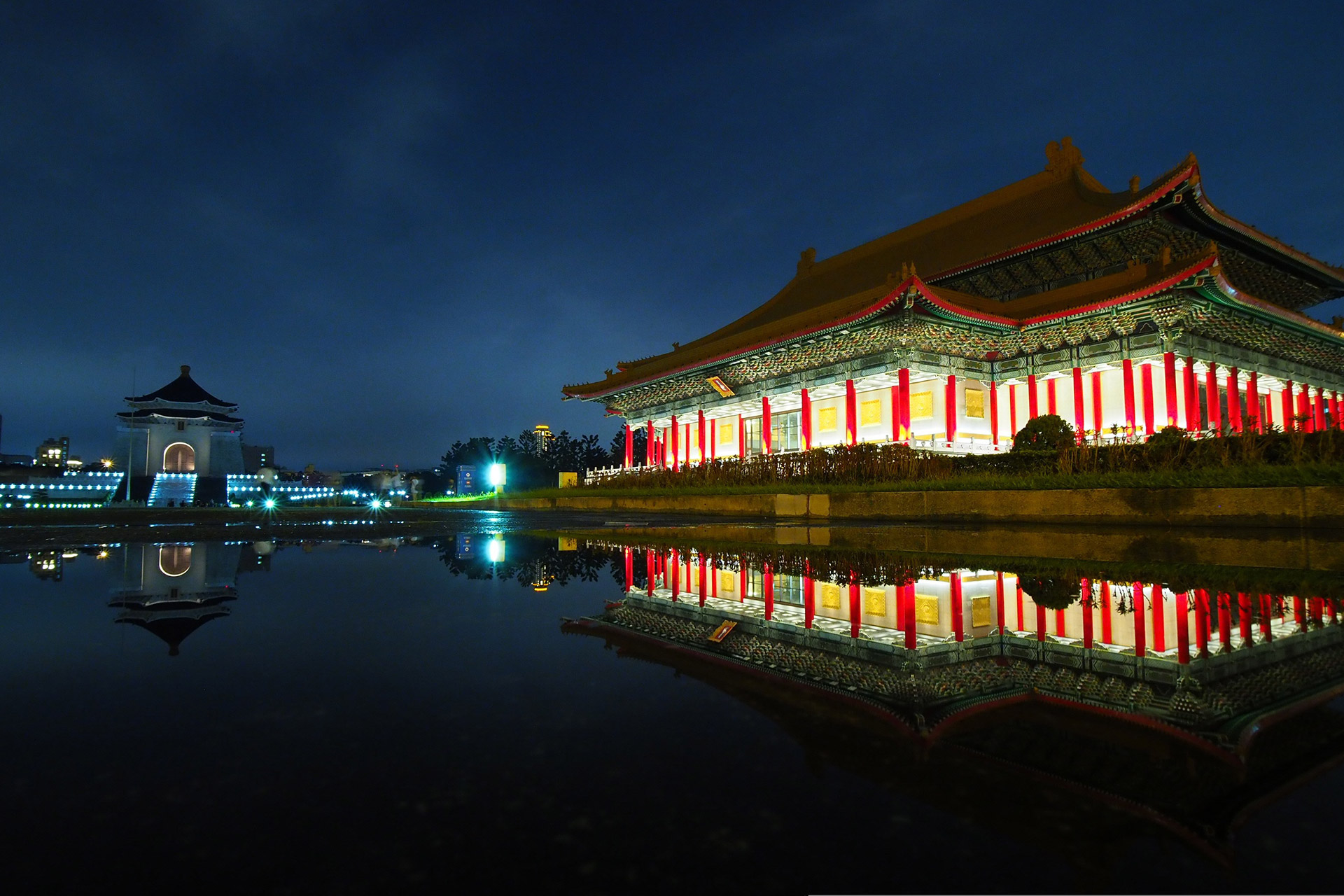
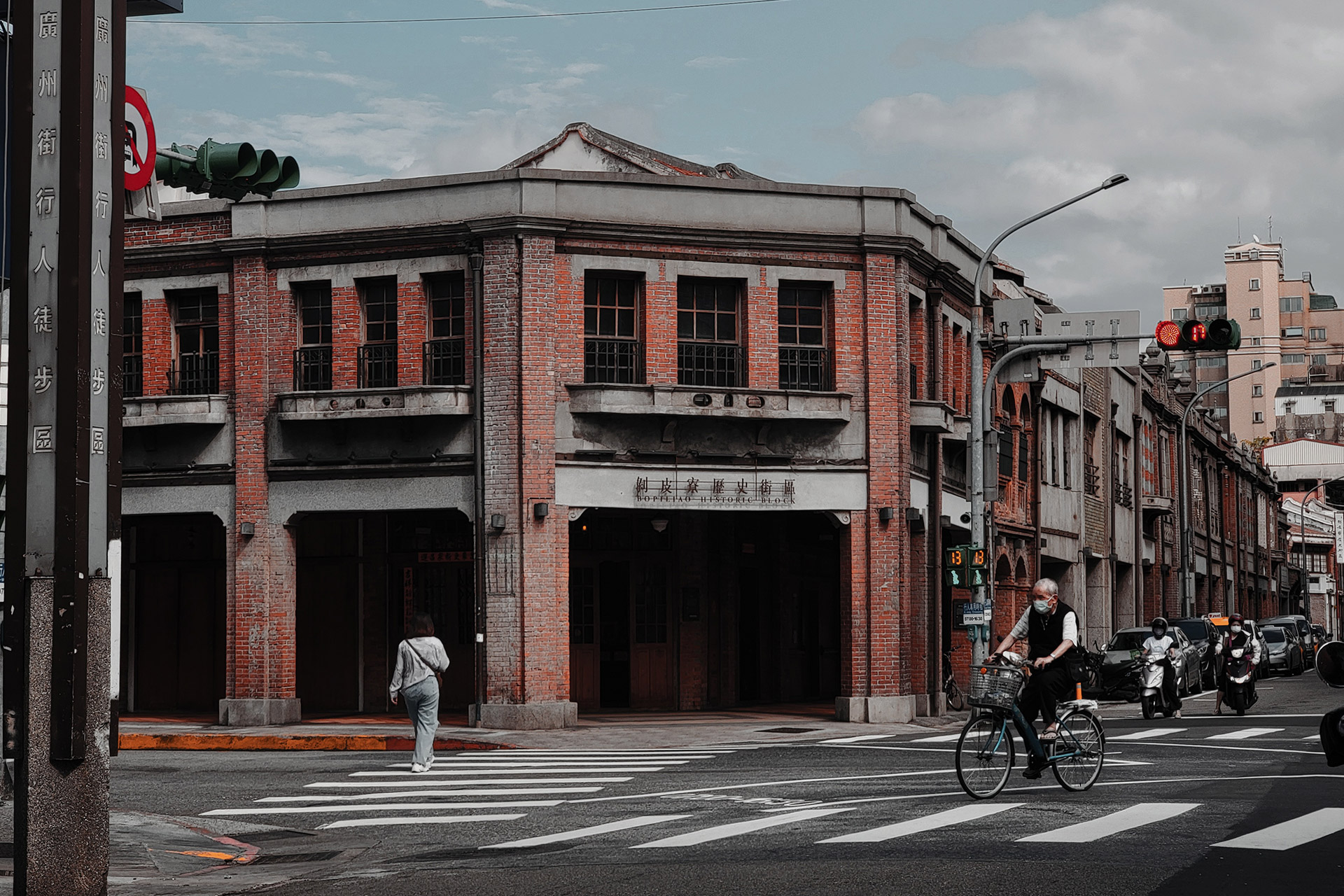
NEW TAIPEI CITY
Surrounding the country’s capital, New Taipei City covers an area of just over 2000 square kilometers and has a population of over 3.9 million. Its proximity to Taipei has helped New Taipei City develop as a major concentration of industry and commerce, and 70% of the population originally hails from other parts of Taiwan. The administrative center of New Taipei City is located in the Banqiao district, which is also the most populated and thriving area of the city.
The city’s region was once inhabited by Taiwan’s Plain Indigenous People. Immigration by ethnic Han Chinese began in 1620 A.D. The Tamsui River runs through Taipei north to the ocean and the Tamsui District at the mouth of the Tamsui River was established as an international commercial port in 1850, serving as a critical transport and warehousing hub for Taiwan’s tea exports. Taiwan’s tea trade was so important to the British that they established a consulate here to facilitate exports to Europe.
With the Japanese retreat from Taiwan in 1945, the incoming Republic of China (Taiwan) government established Taipei City and Keelung City into provincial administrative municipalities while making the rest of then Taipei region into Taipei County. In 2010, Taipei County was officially upgraded to a special municipality called New Taipei City.
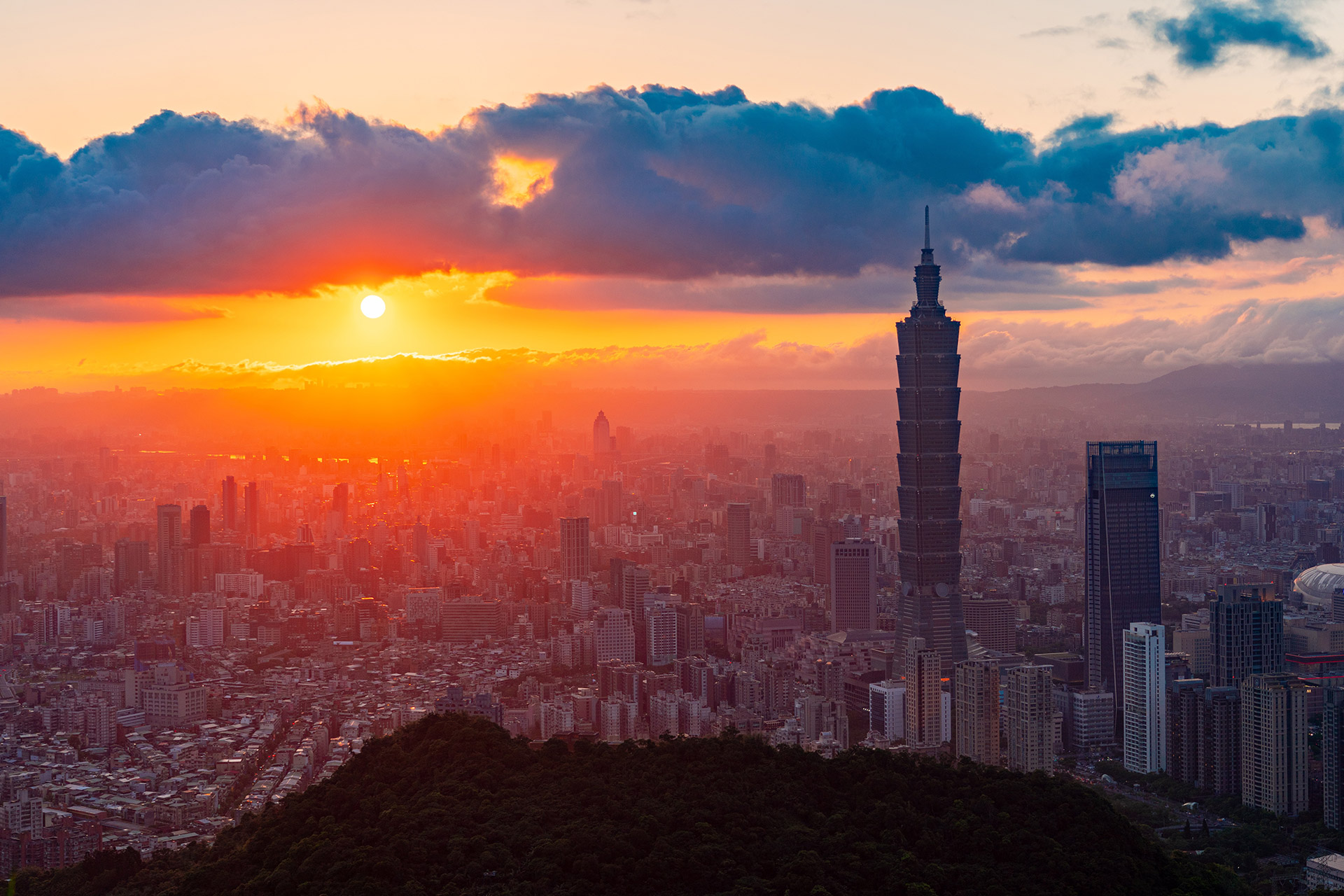
TAICHUNG
Taichung, literally ‘the center of Taiwan’, is the largest city of central Taiwan. Before the 18th century, the central area of Taiwan was controlled by the “Kingdom of Middag,” an alliance of indigenous tribes. The Qing court initially included Taiwan as a part of Fujian province, but decided in the late 19th century to establish Taiwan as a province in its own right. The Taichung area was initially selected as the site of the new provincial capital, and construction began on a new capital city to be called “Taiwan County.” However, budget problems interrupted construction and the capital was relocated to Taipei. In 1896, the incoming Japanese colonial government restarted construction and named the city “Taichung.”
Taichung is an essential economic and transport hub for the whole of Taiwan, linking together industry and agriculture in the cities and counties that make up Taiwan’s central region. Originally separate administrative regions, Taichung County was incorporated into Taichung City in 2010, making it the second-largest of Taiwan's five special municipalities with a population of around 2.8 million. Occupying a broad plain framed by high mountains to the east and the sea to the west, Taichung has developed as a critical hub for road, rail, sea and air transport connecting the region to all other parts of Taiwan.
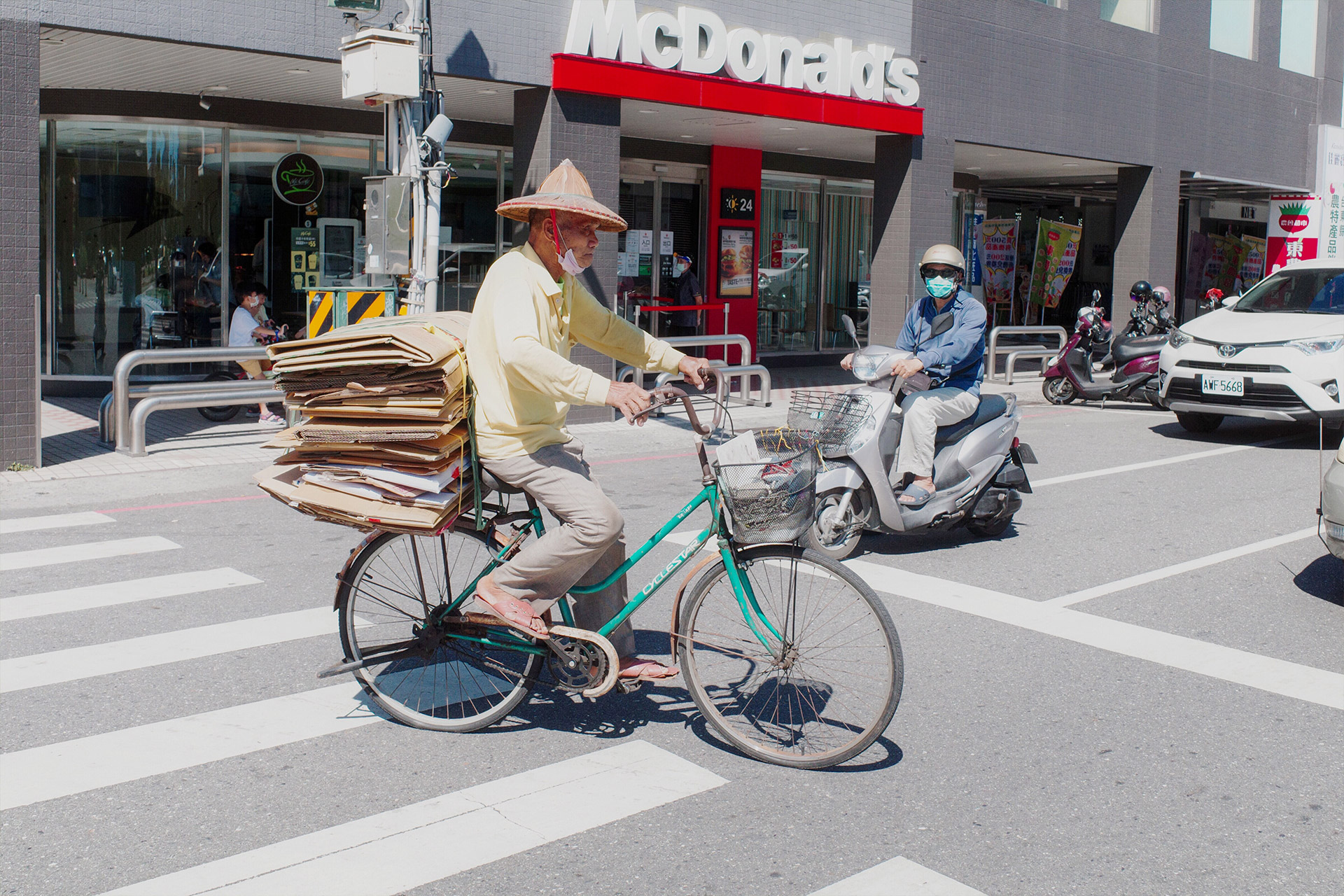
The Central Mountain Range effectively shields Taichung from Taiwan’s seasonal typhoons, leaving a city known for pleasant weather and a warm, energetic population. The city is made up of 29 administrative districts, each boasting uniquely distinctive cultural and natural landscapes, the legacy of centuries of diverse immigration and organic development, and giving the city a thriving cultural scene marked by a broad array of local and international events.
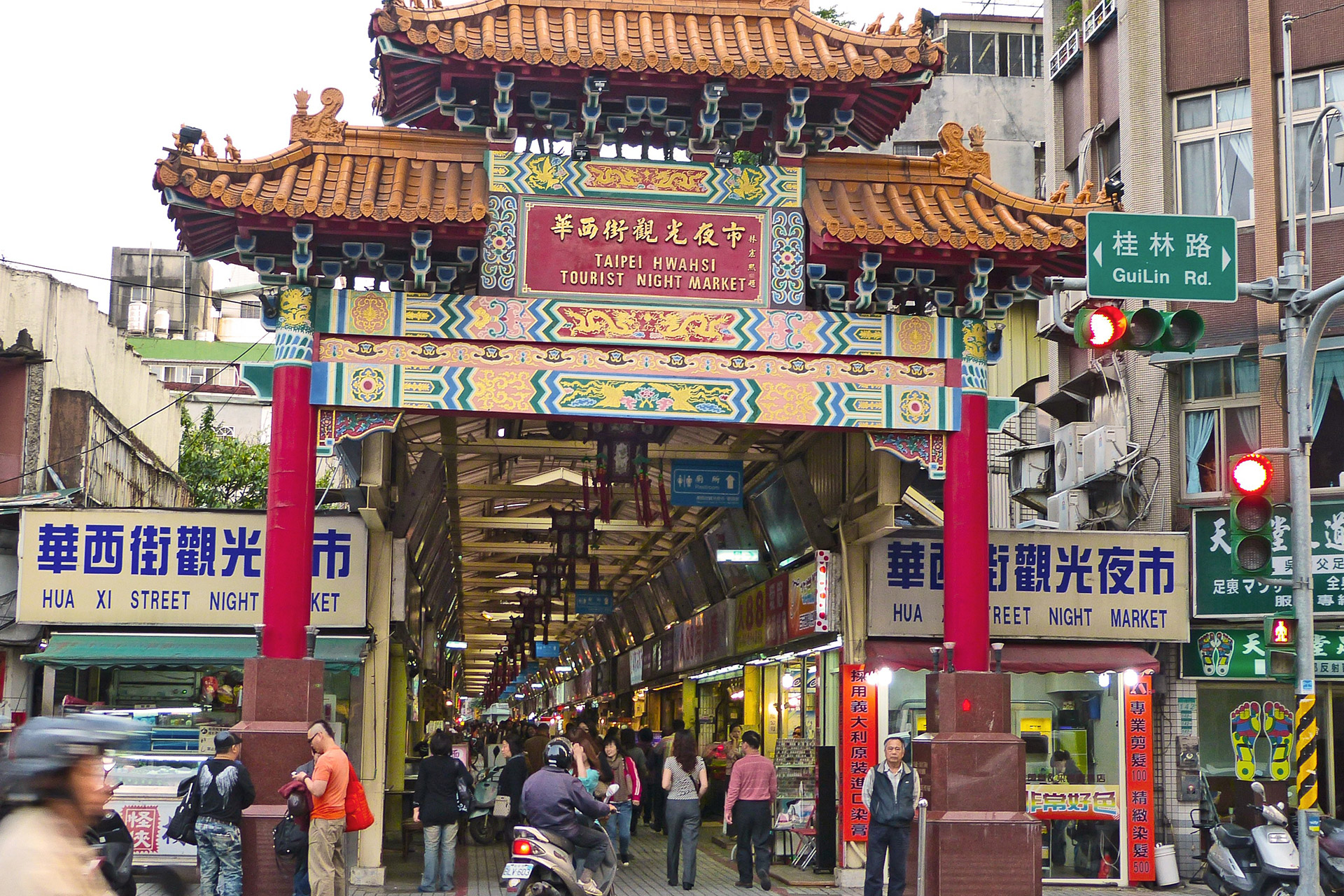
TAINAN
Established in 1624 by the Dutch East Indian Company, Tainan is Taiwan’s oldest city, and is famous for its rich history, culture, architecture and heritage sites. Today, Tainan has 34 districts; they were formerly under Tainan City and Tainan County under Tainan Provincial Government but came under Tainan City’s jurisdiction when Tainan was made a special municipality in 2010. Today, Tainan covers nearly 260 square kilometers and is home to nearly 1.9 million people.
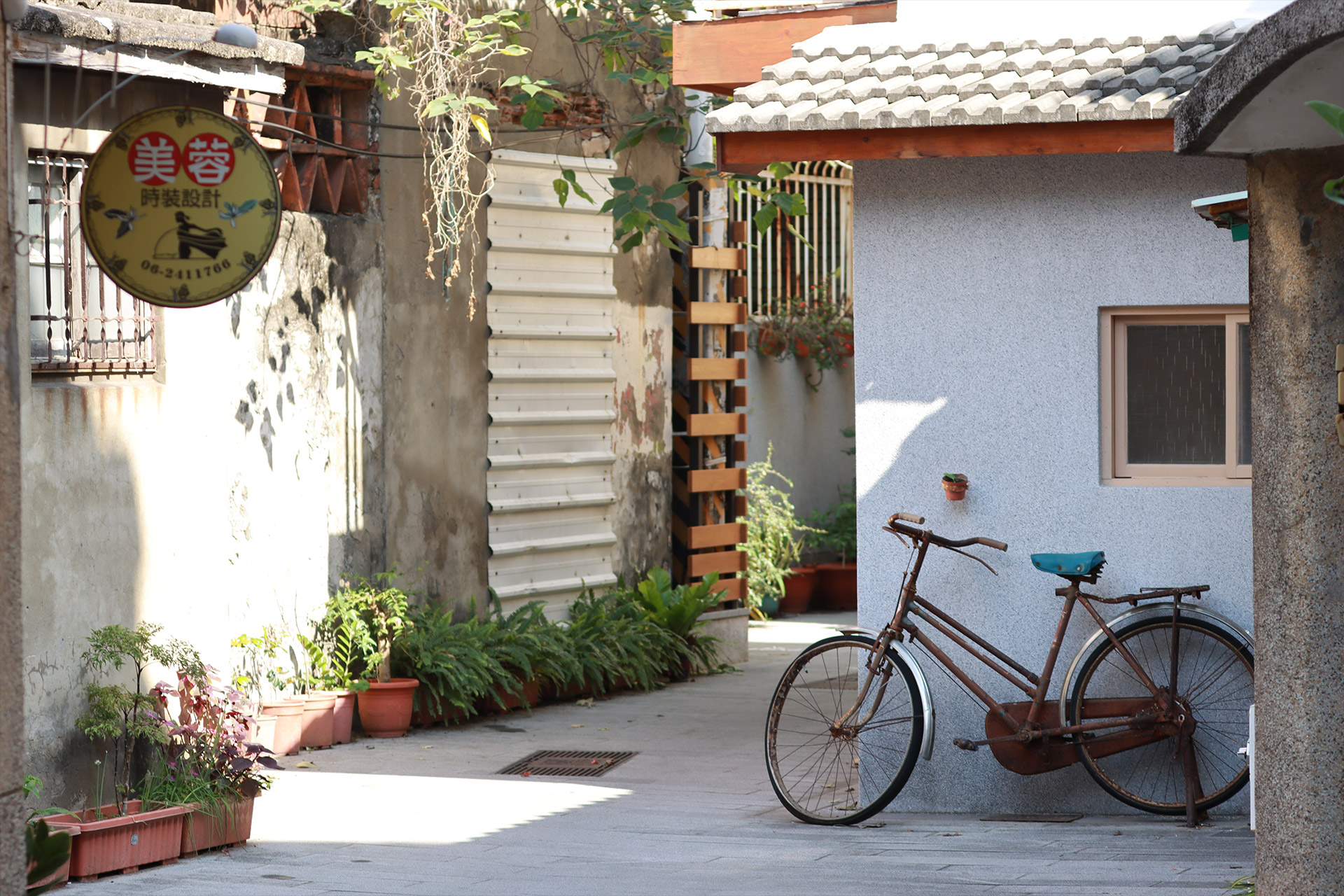
A walk around Tainan is like stepping back in time, and emphasizes the importance of traditional religion in Taiwanese life. Tainan is a city of temples, including Taiwan’s oldest Confucius temple. Tainan developed around water transport, and today the city’s ancient canal is still the ideal place to get a sense of the pace of ancient city life. A stroll through the maze of nearby traditional neighborhoods brings intimate encounters with relics of the city’s past which continue to be vital parts of the community’s present.
Tainan is also famous for its street food scene, and is one of the few instances of street snacks to earn a mention in the Michelin Green Guide. Dishes unique to or originating from Tainan include fresh and tasty beef soup, rice cakes with dried fish and braised pork on top or aromatic steamed rice cake. These delicacies are part of the foundation of Tainan’s gastronomic culture and bear the historical memories of four centuries.
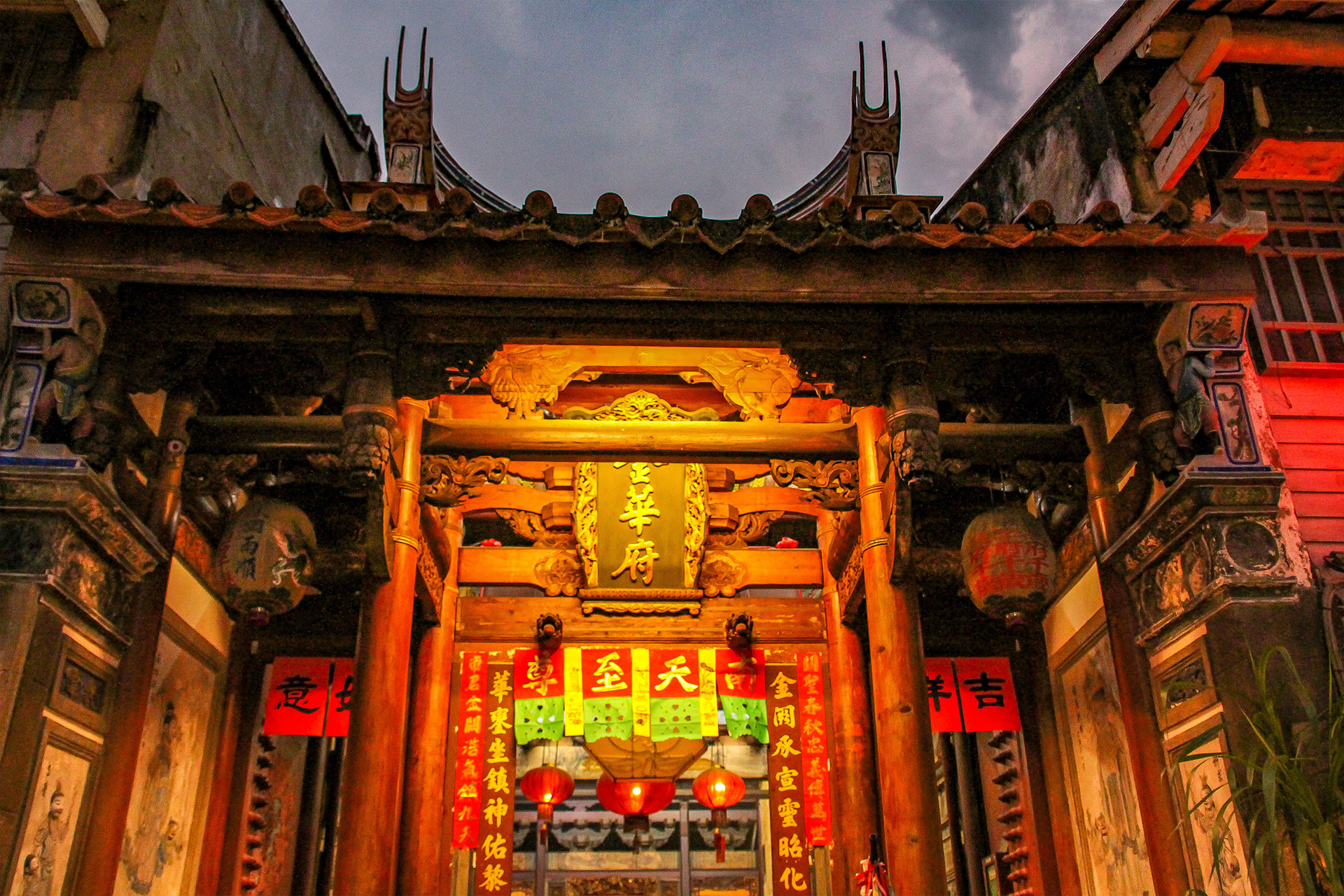
ECONOMIC STRENGTH
Taiwan plays an influential role in the global economy. According to the World Trade Organization’s statistics, it was the world’s 18th-largest exporter and 17th-largest importer of merchandise in 2018, while ranking 27th in the export and import of commercial services, respectively. As one of the most powerful players in the global information and communications technology (ICT) industry, Taiwan is also a major supplier of other goods across the industrial spectrum.
A key factor underpinning this performance is the government’s promotion of policies designed to foster development and to sustain national economic competitiveness through continuous investment in human resources, research, development, and industrial upgrading. These policies, combined with Taiwan’s strong entrepreneurial spirit have created a business and investment environment that has consistently been ranked among the world’s most competitive. For example, in 2019, US-based Business Environment Risk Intelligence (BERI) ranked Taiwan 4th in the world and 2nd in Asia in terms of investment safety.
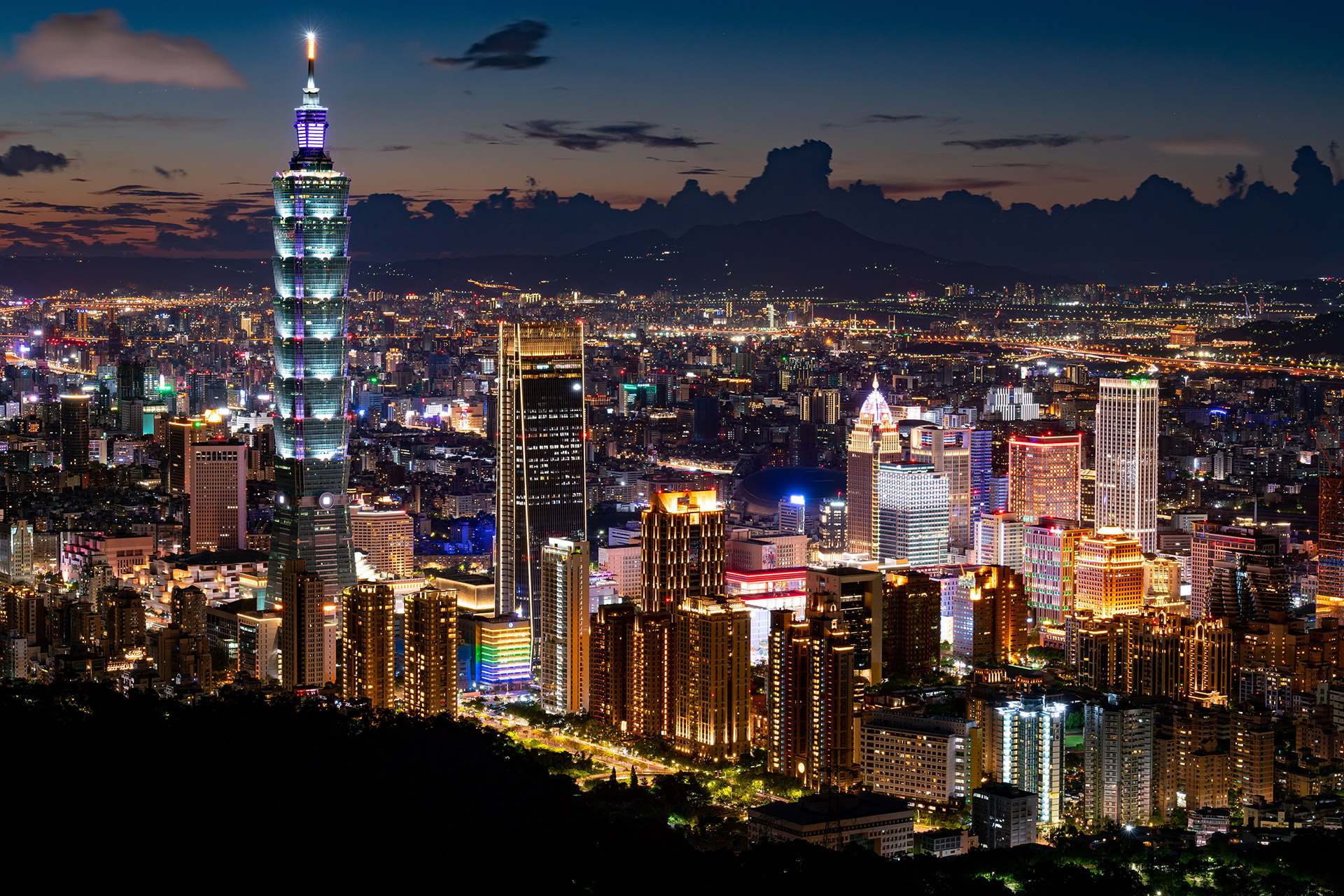
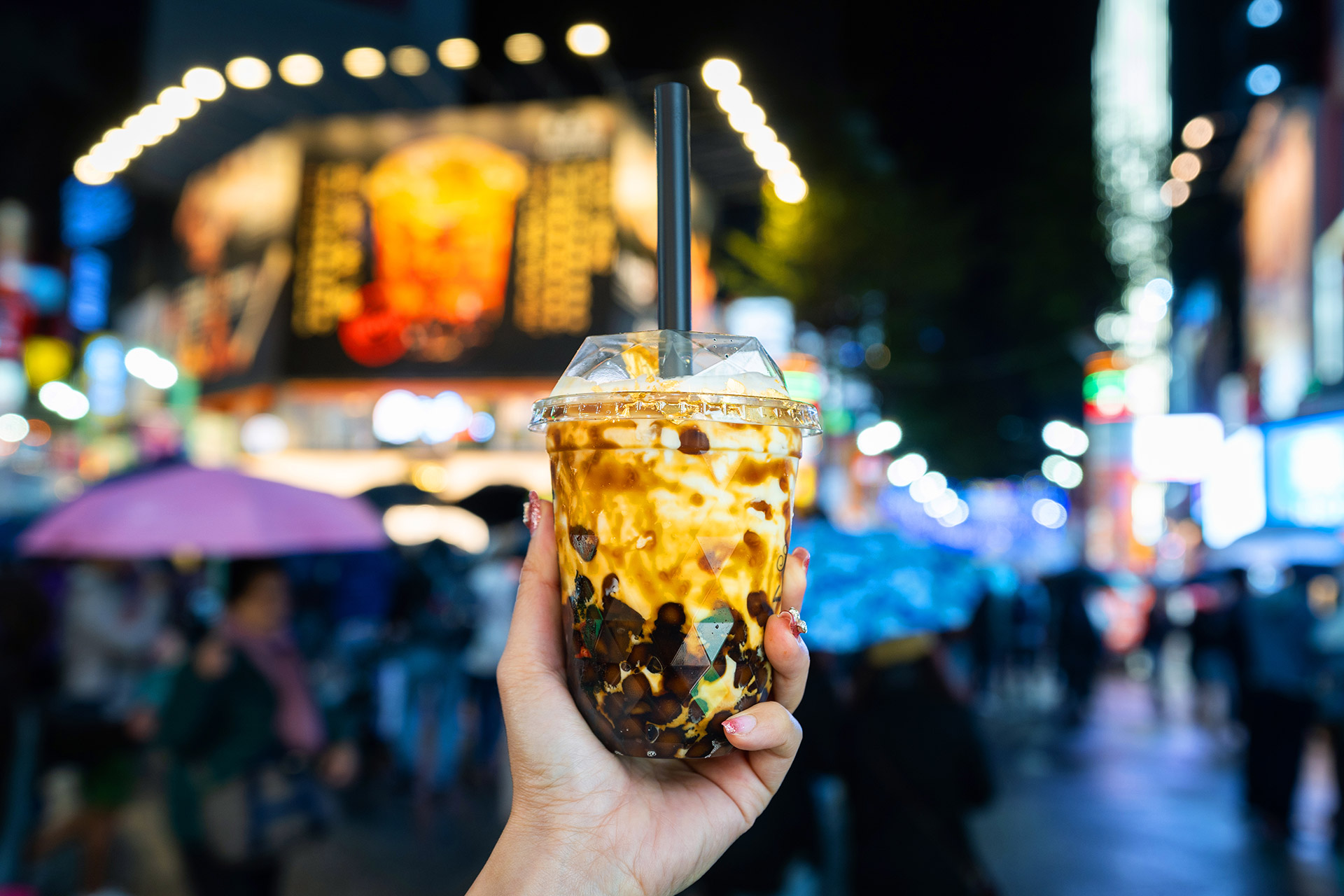
16 DISHES THAT DEFINE TAIWANESE FOOD
From beef noodle soup to bubble tea, this is the ultimate guide to what, where, and when to eat in Taipei
Source: Eater.com by Leslie Nguyen-Okwu, a bilingual journalist based in Taipei, Taiwan, and covers emerging Asia.
In Taiwan, people love to eat! There are vendors, snack shops and restaurants are everywhere in every town and city. Foods and dishes from around the world are available in Taiwan, but Taiwan’s native cuisine is unforgettable and has now gained worldwide attention – try it just once, and you’ll remember it forever. Great dishes such as pearl milk tea, Danzai noodles, shrimp pork soup, coffin sandwiches, veggie and meat wraps, oyster vermicelli, steamed sandwiches, and crushed ice dessert.
How can you claim a national dish when most of the world doesn’t even acknowledge you as a country? (Taiwan forges ahead anyway, hailing beef noodle soup as its official cure-all.) Taiwan is at a political crossroads, one that makes for a unique cuisine that’s rich and complex, steeped in historical lore and brimming with political landmines.
:no_upscale()/cdn.vox-cdn.com/uploads/chorus_asset/file/14635039/Taipei_Day1_37.jpg)
Nói về ẩm thực quả là một chủ đề phức tạp. Nhưng thưởng thức món ăn Đài Loan thì hoàn toàn ngược lại. Hương vị ngọt ngào, mạnh mẽ của thảo dược và vị của bột ngọt đậm đà thấm sâu vào ẩm thực địa phương, và không khí được nhân đôi khi ăn tại Đài Bắc nhờ bối cảnh là một góc phố nhộn nhịp, chợ đêm đông đúc hoặc một nồi lẩu nghi ngút khói.
In short: Talking about food here is complicated. But enjoying Taiwanese food is quite the opposite. Sugary, aggressively herbal, and deeply umami flavors permeate the local cuisine in a visceral way, a sensation that’s only amplified in Taipei by its setting — often a bustling street corner, a jam-packed night market, or a steamy hot pot palace. This is the essence of re nao-ness (熱鬧), the “hot and noisy” spirit that makes the island breathe. It’s the in-your-face flashing lights, powerful smells of stinky tofu, and jittery, larger-than-life feeling that comes with being elbow-to-elbow inside a large, pulsating mass in one of Asia’s densest urban centers.
So, while Taiwanese food pokes at both the proud and prickly parts of national identity and patriotism, it is very much worth exploring. And Eater is here with a comprehensive guide to help navigate all the ins and outs of eating in Taiwan’s capital city.
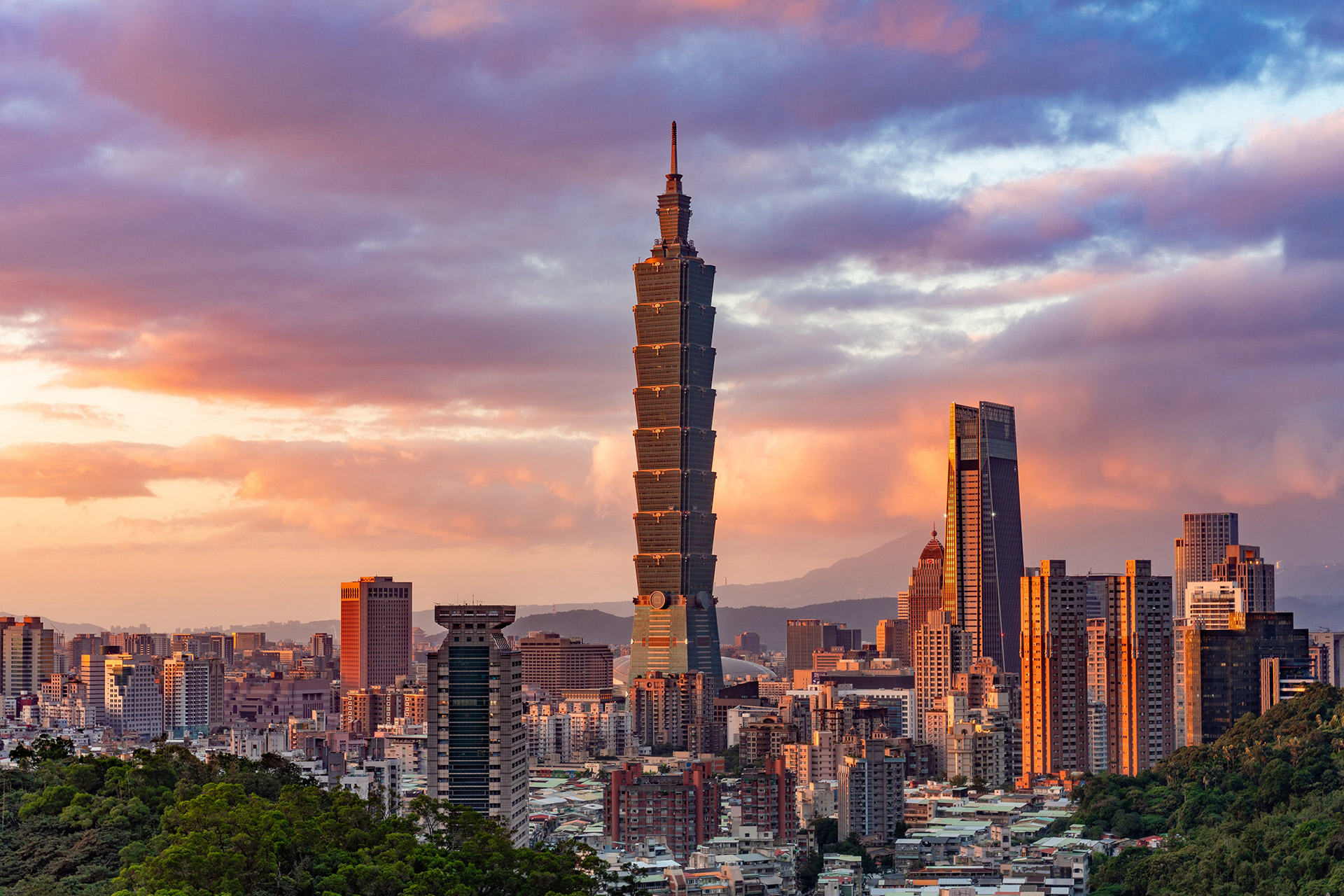
UNDERSTANDING THE INFLUENCES
The food we think of as distinctly Taiwanese is in fact a hodgepodge. Local indigenous flavours and waves of outside culinary influences have all coalesced into the “salty-sweet” trademark of modern Taiwanese cuisine in which handfuls of basil, garlic, and green onion supercharge nearly every dish.
For thousands of years, indigenous Austronesians lived exclusively off Taiwan’s generous land and sea — a lush smorgasbord of gurgling streams, mineral hot springs, shamrock-green mountains, and craggy coastlines. This way of life is, for the most part, a thing of the past, but half a million Taiwanese aborigines still populate the country, and their culinary influence endures via local ingredients like millet and mountain peppercorn known as maqaw; flavorful dishes like leaf-wrapped abai millet dumplings and salty maqaw-spiced sausages; and cooking techniques like salting and slow smoking.
:no_upscale()/cdn.vox-cdn.com/uploads/chorus_asset/file/14634969/Taipei_Day5_8.jpg)
:no_upscale()/cdn.vox-cdn.com/uploads/chorus_asset/file/14646528/Taipei_Day5_3.jpg)
Taiwanese cuisine also bears the marks of the Hakka people — an ethnic Han Chinese subgroup with ancestral roots in the Hakka-speaking provincial areas of Southern China that began settling on the island around the 17th century. Today, 4.5 million Hakka call Taiwan home, and their rustic cooking informs many of the flavors we associate with Taiwan: thick, basil-heavy soups; lei cha tea mixed with peanuts, mint leaves, sesame seeds, and mung beans; and pan-fried mi fen rice noodles.
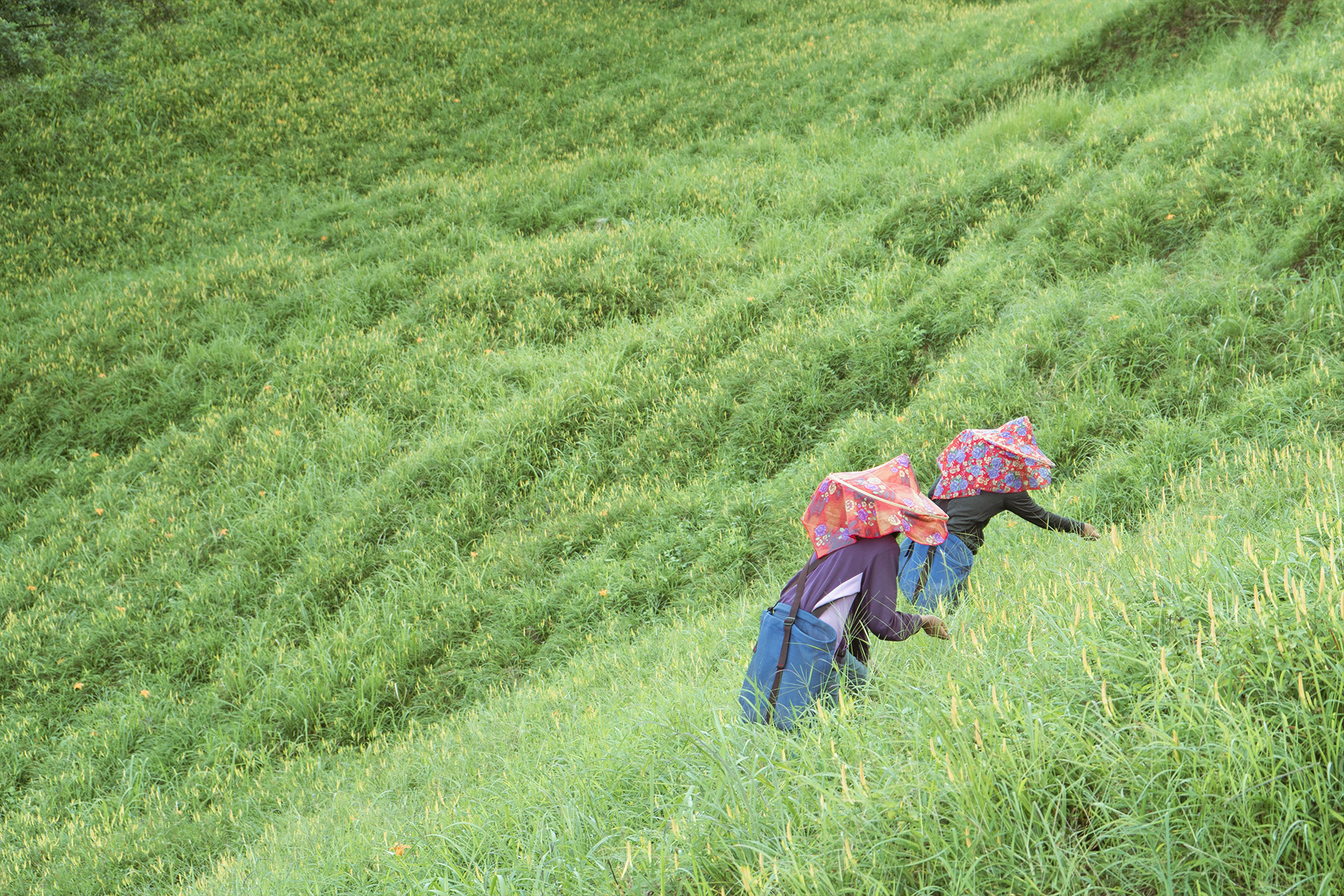
We can thank Chinese people from Fujian for the sweet, heady flavors that permeate dishes like minced pork on rice and gua bao, or pork belly buns — they came here first during the Qing Dynasty, and later, along with the mass arrival of mainlanders fleeing the Communists at the end of China’s civil war in the 1940s.
In between came five decades of Japanese colonization starting in the late 1800s, which brought bright, umami pickled vegetables, sweet-steamed mochi covered in sesame, and seafood dishes with an emphasis on seasonal ingredients. To this day, bento boxes and sushi bars can still be found on most every street corner in Taipei.
:no_upscale()/cdn.vox-cdn.com/uploads/chorus_asset/file/14635107/IMG_0096.jpg)
THE DISHES YOU HAVE TO KNOW
Beef Noodle Soup (牛肉麵)
The combination of slowly braised beef with a tangle of slurpable noodles seems so fundamental, it’s hard to believe any one culture can lay claim to it. It is, however, considered the national dish of Taiwan (though its origins are Chinese), and given a distinctly Taiwanese spin with the addition of pickled mustard greens and the signature five-spice powder of star anise, cloves, Chinese cinnamon, Sichuan pepper, and fennel seeds.
Taiwan hosts the Taipei International Beef Noodle Festival every year, where the soup — in which wheat noodles swim along with tender beef shanks, beef tendons, and greens in a hearty stock that’s been slowly simmering with beef bones for days — is consumed by the gallon. Lay’s even sells a Red Braised Beef Noodle Soup potato chip flavor inside 7-Elevens across the island.
Every restaurant has its own closely guarded secret recipe, with variations in broth, noodle size, and meat quality. (One shop in Taipei charges a whopping $10,000 TWD, or about $325 USD, for a bowl with well-marbled cuts from the U.S. and Australia.) But most Taiwanese have their neighborhood go-to, where a bowl normally costs no more than $185 TWD ($6 USD).
:no_upscale()/cdn.vox-cdn.com/uploads/chorus_asset/file/14635379/Taipei_Day4_59.jpg)
Hot Pot (火鍋)
Every season is hot pot season in Taiwan. So central is hot pot to the dining culture here that most home kitchens are equipped with their own dedicated hot pot burners that get pulled out for company. There are nearly 5,000 hot pot restaurants countrywide, doling out one of a variety of styles: from shabu-shabu to Sichuan numbing mala to Taiwanese stinky tofu — with vibes that range from fast-food efficiency to all-you-can-eat fancy.
Here is where the Taiwanese people gather, dipping any number of things — seafood, thinly sliced meat, leafy vegetables, dumplings, wontons, mushrooms, and all kinds of tofu — into table-sized pots of stock simmering with pork bones, jujube, or pickled cabbage. Retrieve your desired bite from the broth with chopsticks or tongs, and dip it into a savory sauce you customize yourself with sesame oil, sha cha sauce, soy sauce, garlic, freshly chopped scallions, black vinegar, sugar, or chile sauce.
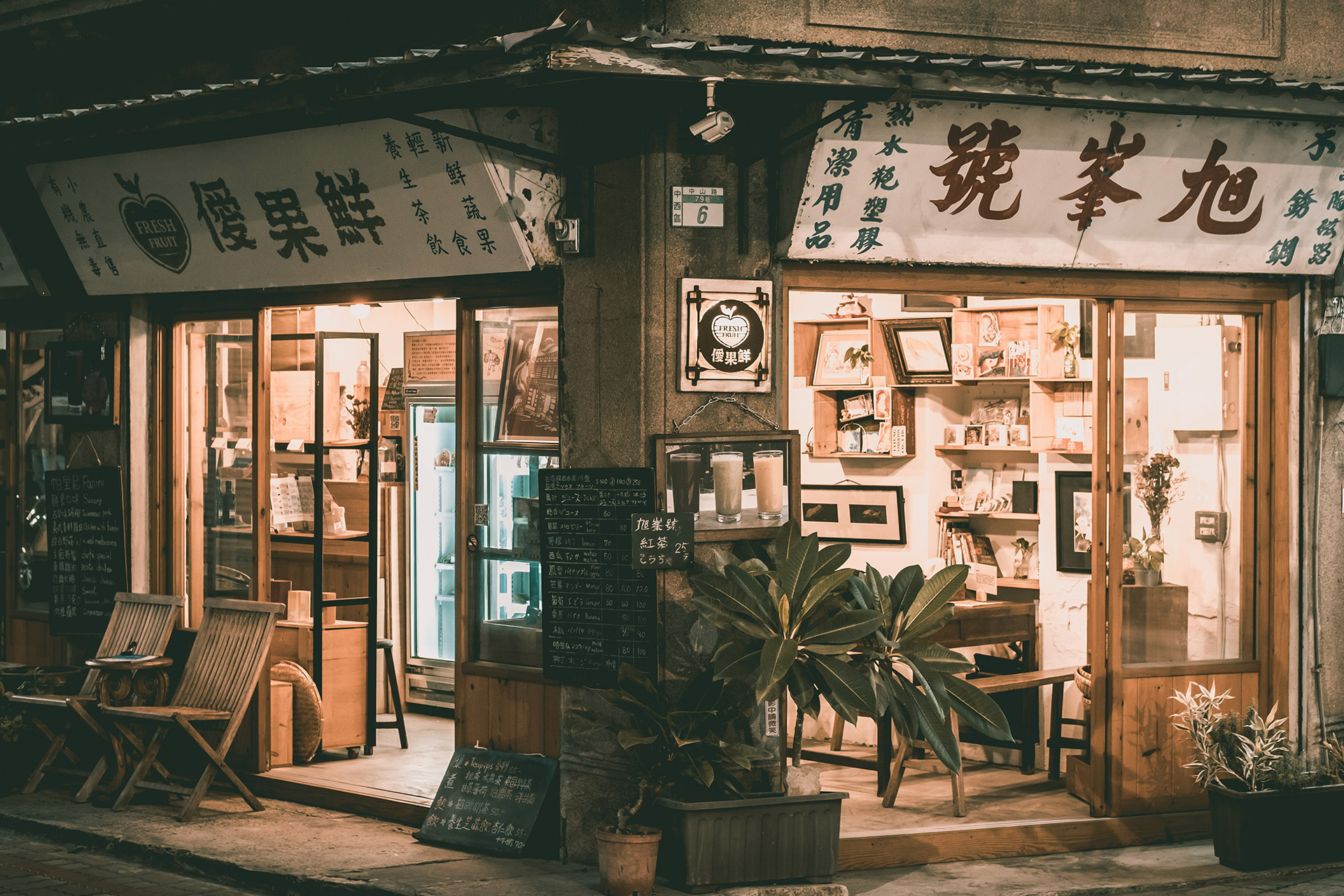
Gua bao, or the Taiwanese Hamburger (刈包)
Taiwanese-American chef and TV personality Eddie Huang created a cult following around the pork belly buns he serves at New York’s Baohaus, but he’s not dishing out anything his Taiwanese ancestors haven’t known about for centuries. Gua bao, often translated as “Taiwanese hamburger,” is a northern Taiwanese specialty, and features puffy mantou steamed buns that are generously stuffed with slabs of sweet, fatty pork belly that’s been braised in a mixture of a rice wine, soy sauce, and Chinese five-spice powder, and topped with crushed peanuts, pickled mustard greens, and cilantro.
Zong Zi: Sticky Rice Dumpling (粽子)
Zong zi refers to any leaf-wrapped bundle of sticky rice, and variations can be found throughout Asia. In Taiwan, it’s usually pyramid-shaped, with fillings like dried shrimp, mushrooms, peanuts, or chestnuts in addition to pork. Sometimes there’s pickled radish, along with salted egg yolk, plus other bits of crunch to counter the sticky chew of the rice.
:no_upscale()/cdn.vox-cdn.com/uploads/chorus_asset/file/14635875/Taipei_Day3_64.jpg)
:no_upscale()/cdn.vox-cdn.com/uploads/chorus_asset/file/14637910/Taipei_Day3_27.jpg)
Taiwanese Fried Chicken (鹹酥雞)
Served in fried chicken chains and night markets across the country, Taiwanese fried chicken is deep fried not just once, but twice, allowing for a crumbly, crunchy shell that’s as thin and delicate as tempura. Korean fried chicken is fried twice, too, but the Taiwanese version is typically tossed with salt, pepper, and basil leaves, and is dusted with five-spice powder, for a crunchy, salty combination that rivals any fried chicken variation across the globe. You’ll find popcorn-style chicken as well as full schnitzel-like cutlets and chicken parts sold by the piece.
Braised Pork Rice (滷肉飯)
Braised pork rice is how Taiwan soothes itself. Like most of the world’s comfort foods, it’s neither fancy nor complicated: just fatty, soy-braised pork belly served over freshly steamed white rice. It can be relished on its own as a complete dish, or as the base of a meal that includes a number of different sides.

Oyster Vermicelli Noodles (蚵仔麵線)
This soup is made from a stock that’s perfectly geng, meaning thickened, usually with starch, giving it a smooth and slimy texture that’s rounded out by fleshy oyster chunks and chewy bits of pig intestine. It’s garnished with cilantro, but a spoonful of vinegar can be added, too. Near the coast, you’ll also find an oyster omelet that’s a similar celebration of slime.
Scallion Pancake (蔥油餅)
The scallion pancake — sometimes known as a green onion pancake — is a savory, flaky, croissant-like flatbread that mixes scallions into an oil-enriched batter that’s ladled onto a hot griddle and seared until crisp. Taipei’s best street stall artisans can be seen deftly spinning, fluffing, and flipping the pancakes until puffed and layered. Eat one on its own, or wrapped around eggs, basil leaves, cheese, seared beef, ham, corn, and more.
:no_upscale()/cdn.vox-cdn.com/uploads/chorus_asset/file/14635934/_ARX7666.jpg)
Century Egg (皮蛋)
Age an egg anywhere from weeks to months in salt, lime, and ash and you get pi dan, a greyish-black delicacy that’s a bit like a hardboiled egg surrounded by a jelly-like casing. The yolk tastes faintly sweet, with an indulgent creaminess similar to really good cheese. Try it with congee for breakfast, topped with a spicy chile sauce, or on top of fresh tofu.
Three-Cup Chicken (三杯雞)
San bei ji is also known as “three-cup chicken,” for the three equal parts of rice wine, soy sauce, and sesame oil that make up the chicken’s braising liquid. It’s popular in both China and Taiwan, but the Taiwanese have a much sweeter take on the recipe. The whole thing is cooked and served in an earthenware pot, and arrives at your table still crackling with a generous final touch of basil.
Xiao Long Bao, or Soup Dumplings (小籠包)
Taiwanese chain Din Tai Fung has become internationally synonymous with soup dumplings, and the original branch in central Taipei consistently draws lines from open to close for its broth-filled Shanghainese steamed pork dumplings. It isn’t the only game in town, however, and locals love to debate the merits of the mom-and-pop rivals. How to soup-dumpling like a daredevil? Grab one straight out of the steamer, pop it in your mouth, scald your tongue, and grimace as you continue to scarf the remaining contents of the bamboo steamer while wishing you’d had more patience. Truly, it’s the only real way to eat xiao long bao.
:no_upscale()/cdn.vox-cdn.com/uploads/chorus_asset/file/14639330/Taipei_Day4_16.jpg)
Fan Tuan (飯糰)
Taiwan’s handheld portable breakfast of choice is the fan tuan, a burrito-like roll of sticky rice encasing fillings that range from pickled radish, pickled mustard greens, braised egg, and pork floss (the traditional) to egg, bacon, and even sugar. Modern versions flirt with different colored rice — purple is especially popular — and, wrapped in plastic, they’re the ideal on-the-go breakfast.
Stinky Tofu (臭豆腐)
Plenty of the world’s finest foods are stinky. Cheese, for one. And durian. And preserved seafood. Even eggs. So the level of trepidation with which many foreigners approach Taiwan’s fermented tofu is overblown. Stinky tofu is fermented in a brine that usually includes Chinese herbs, dried fish or shrimp, bamboo, mustard, and amaranth greens. The result is moist, tender tofu that’s most often served fried. Most Taiwanese believe the smellier, the better, but fear not — the odor registers more in the nose than on the palate.
Aiyu Jelly (愛玉)
Made from seeds of a creeping fig variety native to Taiwan’s mountainous regions, this squishy, sweet jelly is usually poured atop tart lemon juice and crushed ice, then sucked out of a plastic ribbed cup with an extra-wide straw. Along with pearl milk tea, it’s the refreshment of choice for surviving Taiwan’s sweltering summers.
:no_upscale()/cdn.vox-cdn.com/uploads/chorus_asset/file/14638161/Taipei_Day2_54.jpg)
ALL THE DESSERTS
The southern city of Tainan is considered the “sweet tooth capital” of Taiwan — legend has it the former capital’s wealthy residents used to put a spoonful of sugar in every dish — but the whole of the country has developed a reputation as a land rich in desserts. Whether it’s boba dens or shaved ice shops, there are endless ways to indulge pretty much any time of day. Here are just a few of the essentials:
Shaved Ice ( 礤冰)
In shops across the country, big blocks of flavored ice are shaved by machine into ribbony sheets or a fine snow-like powder and heaped with fresh fruit, red beans, mung beans, taro, tapioca balls, and grass jelly, all soaked with a heavy dose of sweetened condensed milk or sugary ginger syrup.
Pineapple Cake (鳳梨酥)
A remnant of the island’s pineapple-growing history, these palm-sized shortbread tarts stuffed with tangy pineapple or sweet winter melon paste are the country’s prized pastry and a well sought-after souvenir. The gifting of pineapple cakes is serious business in Taiwan — the Taiwanese Hokkien word for pineapple is ong lai, which is homonymous to “coming luck,” and symbolizes wealth, fortune, and prosperity. Here, aficionados can wax lyrical about the subtle differences between bakeries, and parents have been known to judge potential sons- and daughters-in-law based on the brand they gift.
Ice Cream Burritos and More
On busy street corners and in night markets throughout Taipei, you’ll find carts selling takeaway treats like chewy handmade taro and sweet potato mochi balls; spongy egg-shaped waffle cakes; and what can only be best translated as ice cream burritos: tortilla-like flour crepes rolled around scoops of fruit ice cream, shaved peanut brittle, and fresh cilantro for a masterpiece in textural and temperature contrasts.

WHAT TO DRINK?
Taiwan has a robust gan bei (乾杯), or bottoms-up, culture. The unofficial drink here is gao liang (高粱), a sorghum-based jet fuel favored by Taiwanese tipplers that was born in northeastern China before finding its way to Taiwan.
Gao liang manufacturing on the island was a relatively small industry until the 1950s, when the Taiwanese islands of Kinmen became a war-torn home to thousands of Nationalist troops fighting the Communists across the straits. The soldiers on Kinmen, like soldiers everywhere, needed booze to keep them warm during chilly, windy nights while fending off relentless shelling from neighboring China — and the rest is history. Now a fixture in international competitions, gao liang is served cold or at room temperature and sipped or tossed back by the thimble-full. Some of the strongest bottles have around 63 percent ABV, with a kerosene finish not for the faint of liver.
:no_upscale()/cdn.vox-cdn.com/uploads/chorus_asset/file/14642053/SML_190203_0676.jpg)
:no_upscale()/cdn.vox-cdn.com/uploads/chorus_asset/file/14642073/Taipei_Day5_28_2.jpg)
These days though, most Taiwanese prefer whisky, beer — maybe from one of the local craft breweries on the rise, like SUNMAI or Taihu — or Western-style craft cocktails, which are dispensed with flair at underground speakeasies across Taipei, like Ounce, R&D Cocktail Lab, and Staff Only Club. (The latter is members-only, complete with a clandestine car that escorts you to the bar and swipe cards for the entrance).
For a more sobering sip, high mountain oolong and black teas are still central to Taiwanese life, both in their cultivation and their consumption. While recent generations have been moving away from traditional tea drinking in favor of coffee and sugary, shaken tea beverages, a nascent renaissance is brewing among politically minded youth looking to embrace tea as an important aspect of Taiwanese culture.
:no_upscale()/cdn.vox-cdn.com/uploads/chorus_asset/file/14639374/Taipei_Day4_17.jpg)
:no_upscale()/cdn.vox-cdn.com/uploads/chorus_asset/file/14645051/Taipei_Day4_26.jpg)
:no_upscale()/cdn.vox-cdn.com/uploads/chorus_asset/file/14639920/Taipei_Day4_34.jpg)
:no_upscale()/cdn.vox-cdn.com/uploads/chorus_asset/file/14645066/Taipei_Day3_61.jpg)
:no_upscale()/cdn.vox-cdn.com/uploads/chorus_asset/file/14639948/Taipei_Day5_55.jpg)
:no_upscale()/cdn.vox-cdn.com/uploads/chorus_asset/file/14640146/Taipei_Day3_76.jpg)
:no_upscale()/cdn.vox-cdn.com/uploads/chorus_asset/file/14640098/Copy_of_Taipei_Day4_74.jpg)
But no drink rivals the giant that is boba. Known by different names around the world — boba tea, pearl tea, tapioca milk tea — the simplest version is made with milk, black tea, and springy, caramelized tapioca pearls shaken together like a martini and served with the now-signature super-wide straw. From there, the variations are endless, but all prize the presence of “Q” — that bouncy, gummy, rubbery, chewy texture that is locally beloved.
Thien Xuan Travel
Park 2, 208 Nguyen Huu Canh, Ward 22,
Binh Thanh District, Ho Chi Minh City, Vietnam
Email: booking@thienxuantravel.com
Hotline: +84 888 890 898
